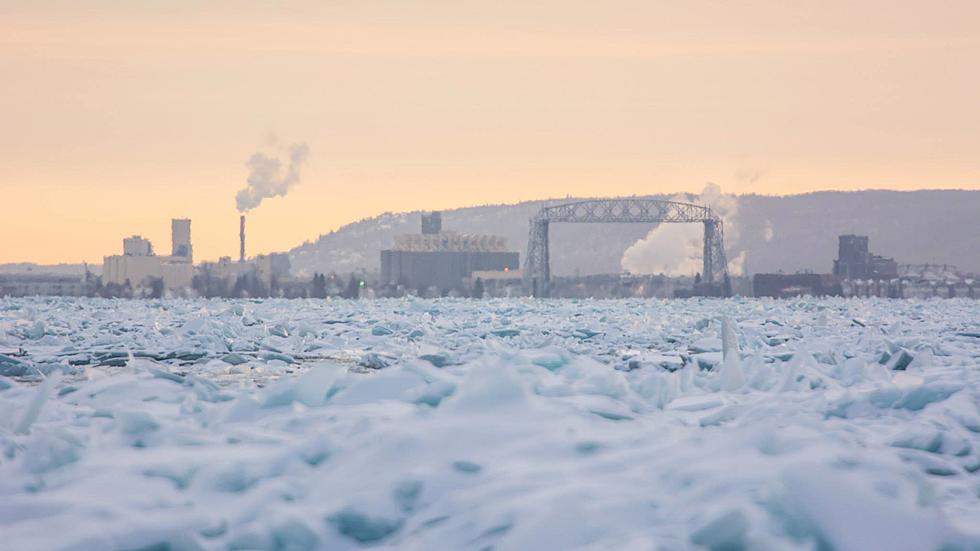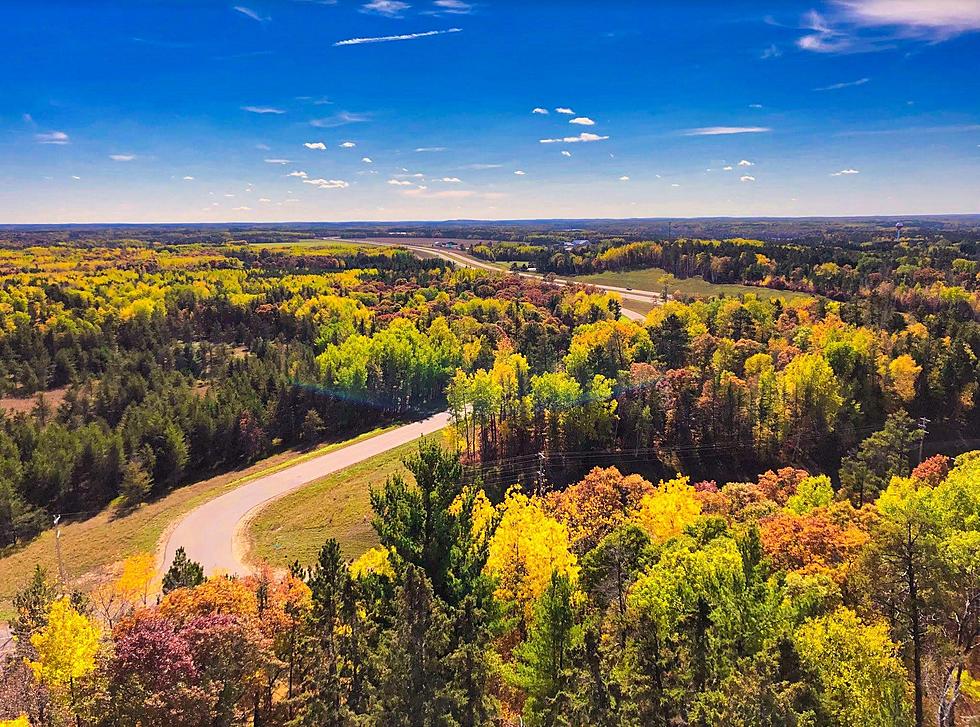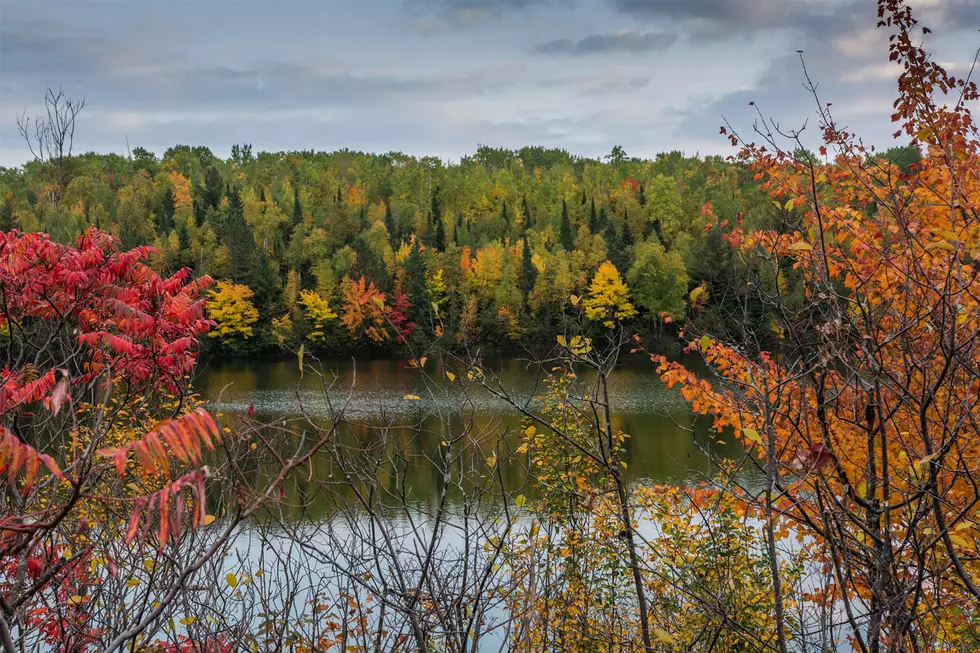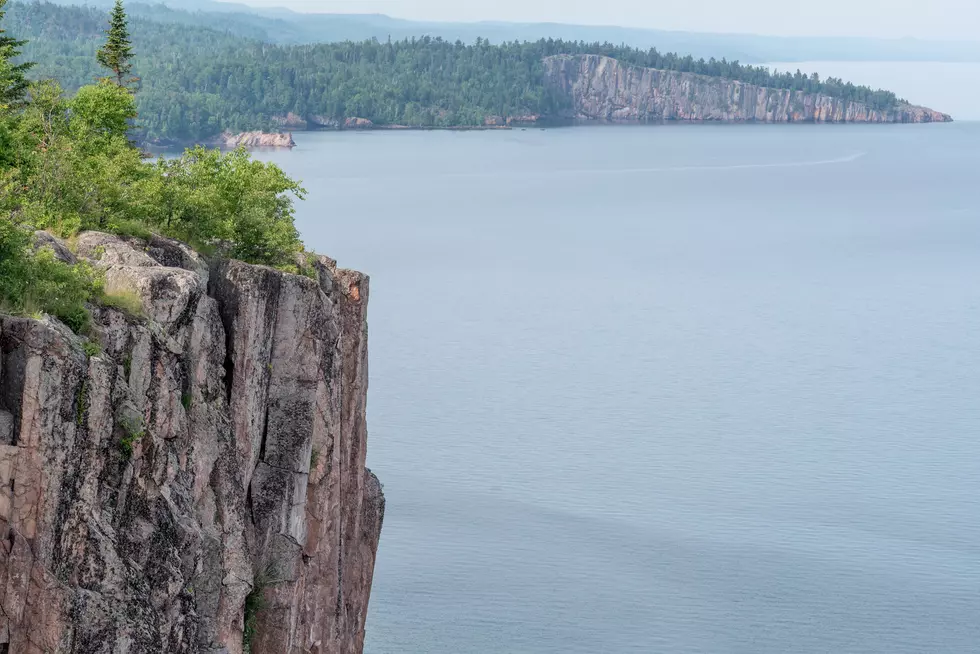
5 Things You Probably Didn’t Know About Two Harbors
Just north of Duluth on Lake Superior's Minnesota North Shore is another shipping town; Two Harbors. While many think of this town as the gateway to Gooseberry Falls and the rest of the North Shore, this town of roughly 3,700 people has a cool story and some significance in Minnesota's heritage and history.
Here are five things you might not have known about Two Harbors:
5 Things You Probably Didn't Know About Two Harbors, Minnesota
1) Two Harbors was once home to two cigar factories
While you might not think of Minnesota as a cigar-making powerhouse, Two Harbors was home to two different cigar makers in the early 1900s that made roughly 30,000 cigars per month.
Feeding the tobacco need of those in the shipping, mining, and railroad industries (and many others in Northern Minnesota), Two Harbors Cigar Factory and Sorenson Cigar Factory operated within the city to roll stogies.

Two Harbors Cigar Factory was built in 1900, offering a total of 13 brands of products; 8 regular brands and 5 specialty brands. Sorenson Cigar Factory was built 7 years later. While neither of these companies is in existence anymore, they stood as two of only a handful of notable cigar-making facilities in Minnesota.
2) Two Harbors was the birthplace of manufacturing giant 3M
Now making $30 billion in annual sales making a number of different products, 3M's humble beginnings were in Two Harbors.
The company was conceived in an unsuccessful effort to mine and sell the mineral corundum to companies making grinding wheels. It actually took shape as Minnesota Mining and Manufacturing (3M) in 1902 as they pivoted to trying to make sandpaper from materials they were mining.
READ MORE: These are the 10 best city parks in Minnesota
The company briefly moved to Duluth before moving to St. Paul in 1910, and after a rocky start with their initial endeavors, became financially stable in 1916. As you likely know, the company would go on to innovate in the sandpaper industry and tape industry early on, with one of their big early introductions being Scotch Tape in 1925. The company now calls Maplewood home, conducting research and making products in a wide variety of industries.
The remaining historical marker of the company in Two Harbors is the John Dwan Office Building, which stands at 201 Waterfront Drive in Two Harbors. The building stands as a museum that houses the history of the formation of the company. It was originally the law office building of John Dwan, who was one of the co-founders of the company. The museum is managed by the Lake County Historical Society.
3) Two Harbors is home to the first Minnesotan to get his name on the Stanley Cup
Leroy "Goldy" Goldsworthy was born in Two Harbors, and moved to Edmonton, Alberta with his family at the age of three.
Goldsworthy began his career in the NHL in the 1928-1929 season as a right winger with the New York Rangers, and would go on to play for the Detroit Red Wings, Chicago Blackhawks, Montreal Canadiens, Boston Bruins, and New York Americans. He won the Stanley Cup with Chicago in 1934, becoming the first Minnesotan to have their name etched onto the trophy.
Goldsworthy's NHL career ended in 1939, and he went on to do some playing and coaching in the AHL, EHL, and USHL.
4) Two Harbors was once two communities - with a wild side
Hearing the name 'Two Harbors', one might infer that the town actually got its name from having two different shipping harbors. At a glance in modern times, you might just see one harbor with shipping docks and wonder where the other one is.
Looking at an aerial map of the Two Harbors area, you can clearly see two separate bays, separated by the point that is home to the Two Harbors Light Station.
Two Harbors got its start as two separate communities. Agate Bay (named after the bay on which it sat) was settled by Thomas Sexton in 1856. Agate Bay was developed later in the 1800s with an economic focus on the railroad and ore shipping that tied the Iron Range to Lake Superior. Originally home to giant wooden ore docks, the bay is now home to a handful of metal shipping docks.
Agate Bay was also home to a rowdy area about the size of a city block with the purpose of "relieving a man from his pay". This area became known as "Whiskey Row", which sprung up in the late 1800s as merchants came into the area looking to make money on the mostly male population. A total of 22 saloons and brothels in the area offered these workers the opportunity to be "relieved of their pay" and partake in other festivities.
On the other side of the point was Burlington, named after the adjacent Burlington Bay. The community was incorporated in 1857 anchored by a sawmill and serving as the home to the area's post office.
The two communities were eventually combined into the Village of Two Harbors, being reincorporated as the City of Two Harbors in 1907.
5) Home to the North Shore's oldest continuously-operating lighthouse
While Split Rock Lighthouse is the light station that gets the most attention on Minnesota's North Shore, just 19 miles to the southwest is where Minnesota's oldest continuously-operated lighthouse resides.
The Two Harbors Light Station holds the record as the oldest continuously operating lighthouse on Minnesota's North Shore. Construction on the facility began in 1891, and the light was first lit on April 15 of 1892.
While it operates as a light beacon, the facility also serves as a bed and breakfast, used to generate funds for the care and maintenance of the facility.
12 Of The Dumbest Questions From Tourists On Minnesota's North Shore
Gallery Credit: Ken Hayes
More From KOOL 101.7









